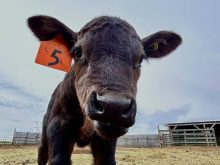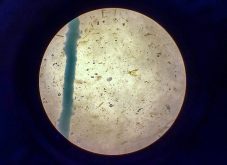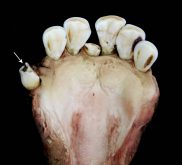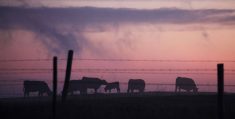NEW ORLEANS, La. — A solid animal health program is built on a foundation of managing exposures to potential pathogens and accessing premium markets.
“Your business is to sell your cattle to the one who will pay the most money for them,” said Robin Falkner, a private technical services veterinarian based in Tennessee.
“Your health program should be a way to access markets,” he said at the recent National Cattlemen’s Beef Association convention held in New Orleans.
An animal health program is often categorized as a list of products and processes where technology is relied on, but that may not be the best approach. The technology has to be tied to a higher level of management.
Read Also
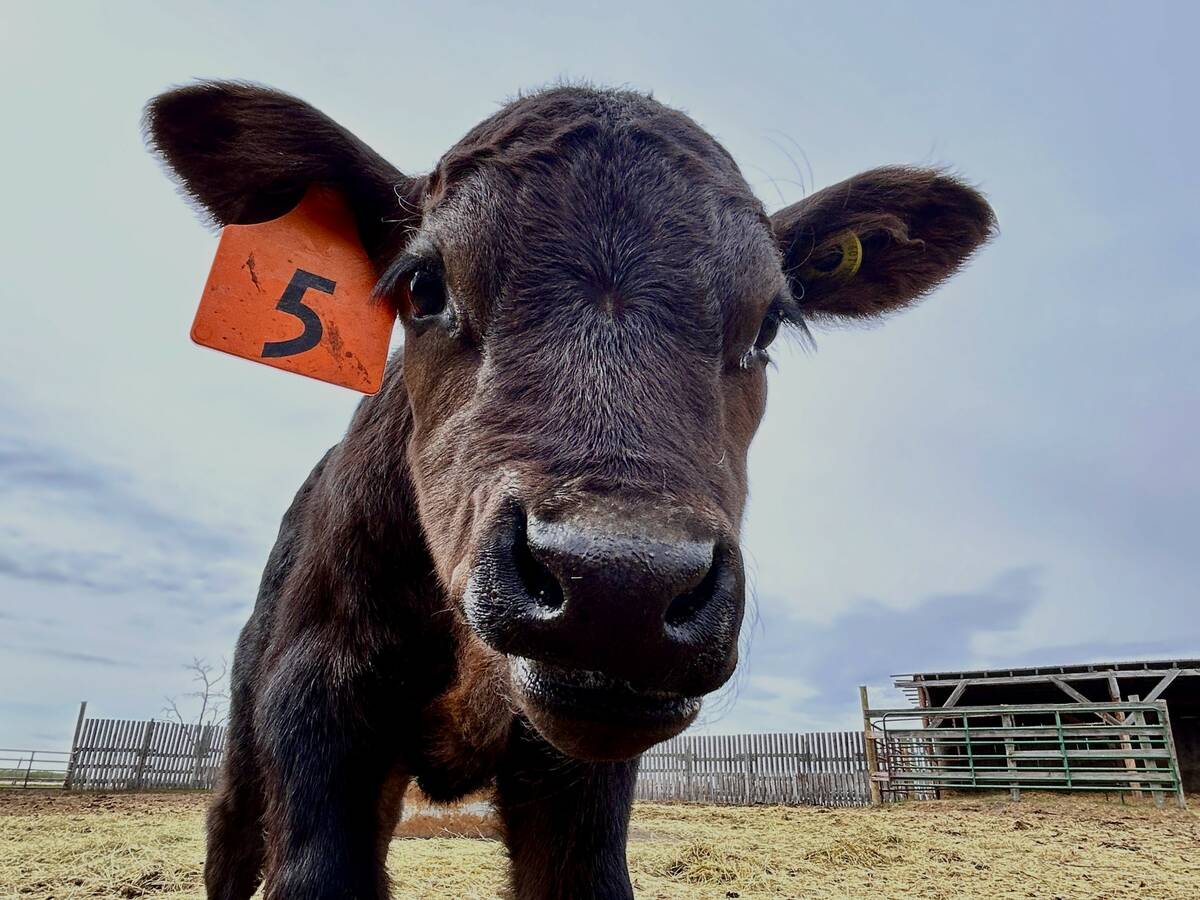
Calf hormone implants can give environmental, financial wins
Hormone implants can lead to bigger calves — reducing greenhouse gas intensity, land use intensity and giving the beef farmer more profit, Manitoba-based model suggests.
“I am pro technology but the technology has to make us more efficient,” he said.
The agents that cause disease reside in a lot of herds but do not cause problems. If cattle were tested for bovine viral disease, IBR, Johnes disease or neospora, positives are likely to show up, but the animals have developed immunity and won’t show it.
Ultimately, it may be easier to live with the disease with good management rather than trying to wipe it out.
“Do you think rotovirus, corona virus and E. coli are the cause of scours in all the northern Plains? Did it drop in from a helicopter 20 or 30 years ago? No, it was already in all those herds and once they changed their management and started having a tighter season and tighter confinement, all of a sudden they had calf scours,” he said.
Veterinarian Christine Navarre of Louisiana State University also advocated management over medicine because prevention is cheaper than treatment.
A vaccination program is just one piece of a whole herd health program, she said.
“Don’t try to vaccinate your way out of a disease problem.
“It is not just what you give and what you do, it is the timing of it.”
In her opinion, good nutrition and fitting cows to the environment so they can maintain body condition is preferable to propping up the herd with dewormers and medication.
“We have these souped-up animals, I think from an immune standpoint, that are teetering on the edge. When the dewormers don’t work any more or we have a drought, they start to fall apart,” she said.
To make money, a calf must be produced every year so fertility is of primary importance.
A bull breeding soundness exam should be done on every bull, every year. Pregnancy checks need to be done and it is worth knowing when the cow was bred. A controlled breeding season produces a more consistent herd with heavier weaning weights at sale time. Keep records to make improvements each year.
She outlined a six part herd health program.
Nutrition is the top factor when looking to improve health at the cow-calf level.
“If we fed cattle better, not more extensively, a lot of our health problems would go away,” she said.
Too often producers focus on cost and breed-back rates, but there are many missing pieces.
“Skipping on nutrition one year has impacts for multiple years,” she said.
Nutrition affects conception, pregnancy rates, date of conception, level of dystocia, calf health and vigour, as well as pre- and post-weaning calf performance.
Thin cows have more calving problems, stillbirths and more weak calves. A cow in poor condition cannot produce colostrum or milk. The biggest cause of calves not getting enough colostrum is poor nutrition from the cow. The calves may not get sick but they never gain as well as they should.
Producers should work with a veterinarian to do fecal egg counts to see what level of parasite load exists before deworming.
Scheduled deworming is a bad idea. Improper applications of any product may exacerbate the problem of parasite resistance.
Keep the big diseases out if possible.
“Do not attempt to chase a disease problem if you are not going to prevent it from coming back,” Navarre said.
Quarantine new arrivals, sick animals or cattle returning from a show. They can be a risk to the cows back home.
“New cattle can bring health threats into your herd, but your cattle can also carry things that can make the new cattle sick. They face stress with a new environment and new people. Let them get over that stress,” she said.
Vaccination lowers the risk of disease introduction.
Select animals that are more resistant to disease.
“That would be the holy grail for vets,” Navarre said.
However, when selecting for resistance, consider the tradeoffs. An animal may have high immunity but it may be below average for weight gain.
Canadian genetics company Semex has a proprietary technology to test sires as high-, average- or low-immune responders.
“Research shows that these high-immune responders still have high production,” she said.
Early castration is recommended with pain treatment for older animals.
Low stress weaning is suggested. There are different approaches to reduce stress and encouraging them to eat, but more research is needed to compare the techniques.





